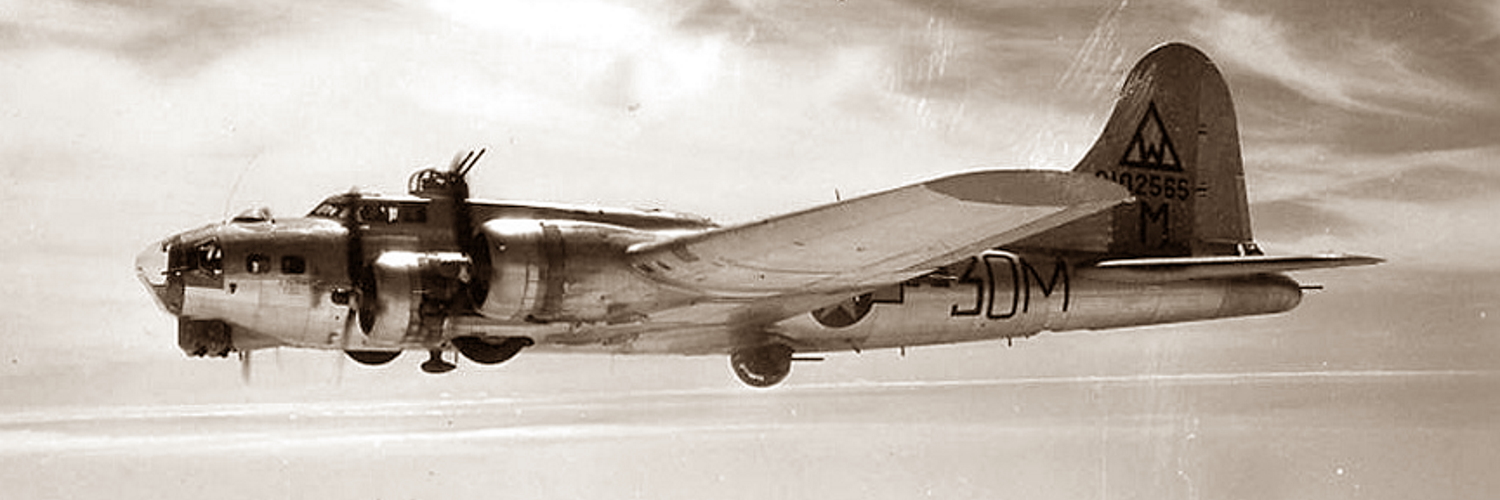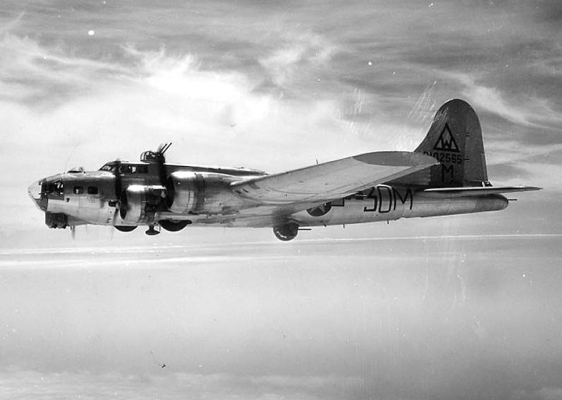Attacked by night fighter
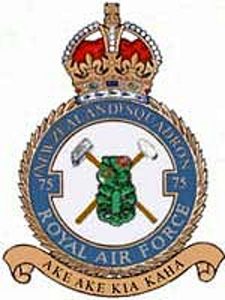
On 29 July 1942, between 22:35 and 23:00, 256 bombers took off from Feltwell Air Base in Norfolk. The mission was a raid on Hamburg. Seventeen Wellingtons from 75 Sqn took part in this mission. After dropping their bombs over Hamburg, the aircraft flew to Soltau, to fly back to England, over German occupied Holland. A total of 33 aircraft were shot down on this mission. Six of these aircraft came from 75 Squadron. One of these was the Vickers Wellington MKIII BJ-661, 75 NZ Squadron of Pilot F/Sgt. John Gilbertson. Over the IJsselmeer, the Wellington was attacked by 23-year-old Lieutenant Wolfgang Kuthe, a German night fighter. Despite the watchful eye of tail gunner Sgt. William Arthur Titcomb and nose turret gunner Sgt. Rutherford, Lieutenant Wolfgang Kuthe managed to get under the Wellington unseen with his Me110. At 03:05 he opened fire on the Wellington. Shortly afterwards the plane crashed in the IJsselmeer near Schellingwoude. The body of the tail gunner, Sgt William Arthur Titcomb, from London, was found on 9 August 1942 on the coast near the Bredeweg near Nunspeet.
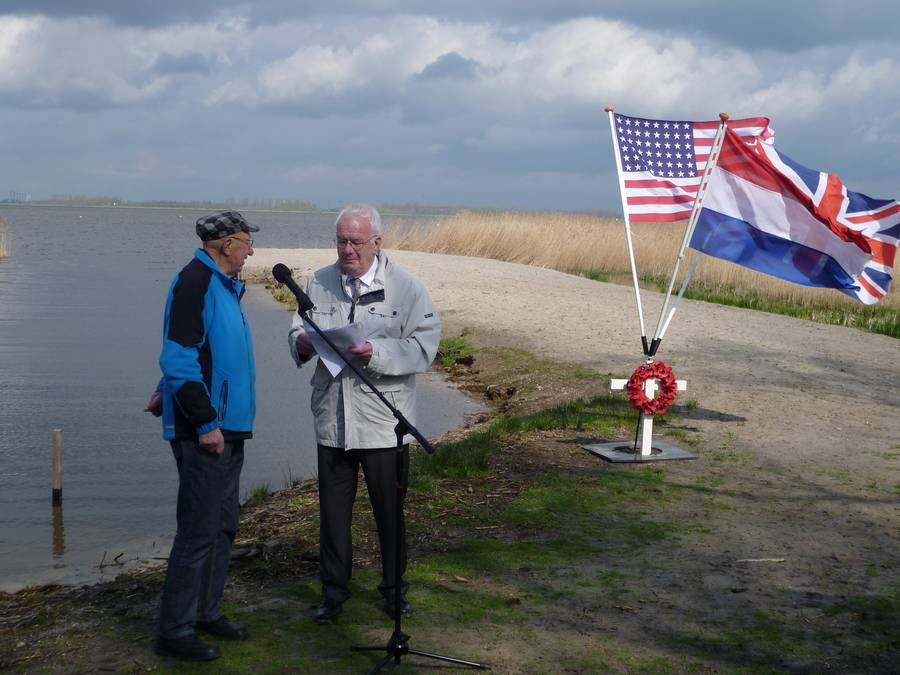 In this photo, taken on April 23, 2016, Jan Hoksberg is 87 years old. He found the body when he was 14. As a child, Jan Hoksberg lived at the end of the Bredeweg. Together with his friend of the same age, Aalt van der Dragt, he wandered along the shore of the IJsselmeer. At about 150 meters from the coast, they saw something dark floating. They crossed the Nodbeek and borrowed a boat from a boat rental company. They sailed towards it and were shocked. There was a man in military uniform lying on his back in the water. On the way back to shore, Aalt waited and Jan got the transport bike at home and rode to policeman Van der Wolf, who lived at the beginning of the Bredeweg. The victim was 21-year-old sergeant Arthur William Titcomb. He was buried in Harderwijk. Sgt. William Arthur Titcomb was 21 years old.
In this photo, taken on April 23, 2016, Jan Hoksberg is 87 years old. He found the body when he was 14. As a child, Jan Hoksberg lived at the end of the Bredeweg. Together with his friend of the same age, Aalt van der Dragt, he wandered along the shore of the IJsselmeer. At about 150 meters from the coast, they saw something dark floating. They crossed the Nodbeek and borrowed a boat from a boat rental company. They sailed towards it and were shocked. There was a man in military uniform lying on his back in the water. On the way back to shore, Aalt waited and Jan got the transport bike at home and rode to policeman Van der Wolf, who lived at the beginning of the Bredeweg. The victim was 21-year-old sergeant Arthur William Titcomb. He was buried in Harderwijk. Sgt. William Arthur Titcomb was 21 years old.
In this photo: the crew of Wellington BJ661 in 1942.
At the front is Sgt. John Gilbertson (pilot), in the back row from left to right: Sgt. William Titcomb (gunner), Sgt. Alan Rutherford (gunner), Sgt. Ron Callaghan (wireless operator) and Sgt. Martin Byrne.
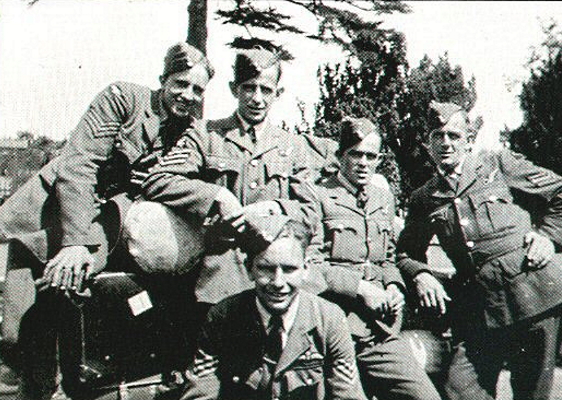
Ugly Duckling
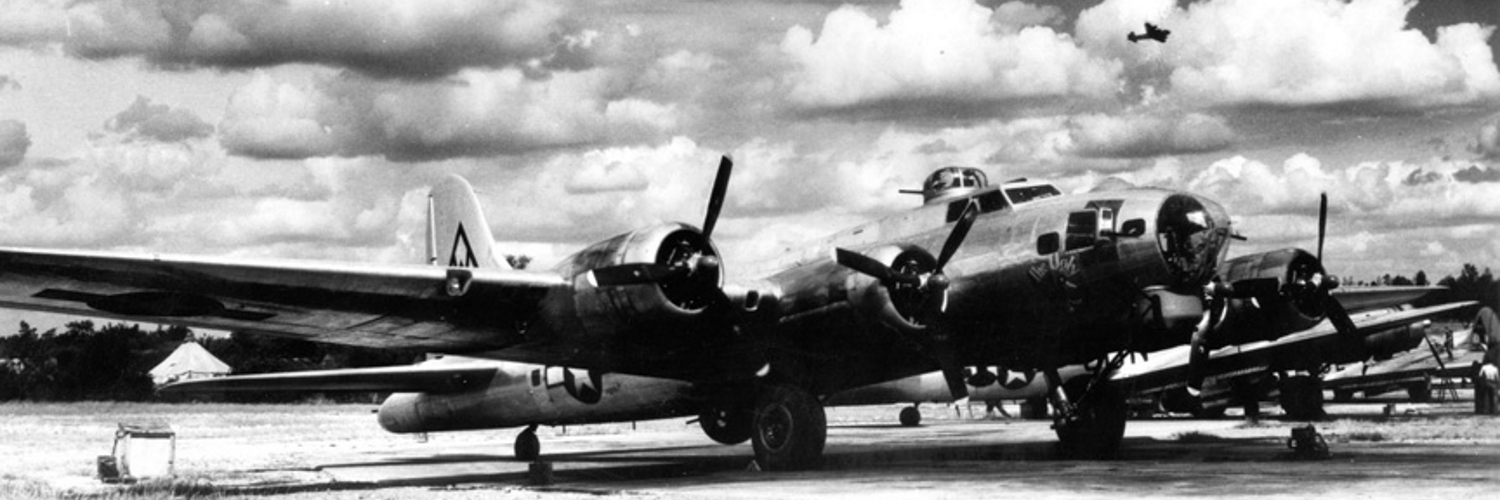
Nine crew members
On Sunday morning, November 26, 1944, a formation of B-17G ‘Flying Fortresses’ bombers of the 8th Air Force, 398th Bomber Group, 601st Bomber Squadron took off from Nuthamstead airfield in England for a mission to Misburg near Hannover, where the oil refineries were the target. Among them was B-17G-55-BO Fortress, serial number 42-102565.
On board were 9 crew members. At the end of the war, most B-17 crews were reduced to nine instead of ten, usually with only one side gunner flying. The Luftwaffe was no longer as great a threat as it had been. The bomber bore the nickname ‘The Ugly Duckling’, which was painted on the nose.
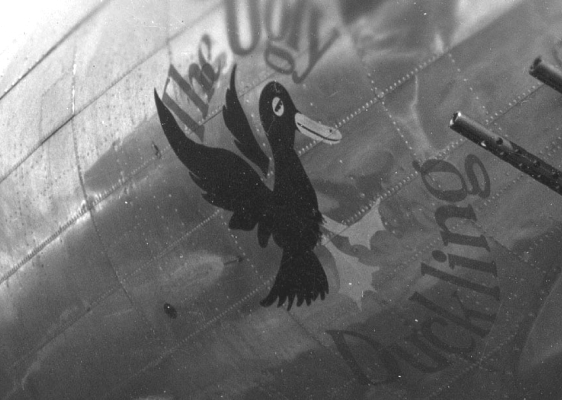
On the return flight the aircraft was shot at by Flak above Zwolle and the left inner engine was badly damaged. Flying at 8000 meters, pilot Benjamin G. Rolfe asked over the radio at 13:32 if there was an airfield in Belgium that could be used for landing. Shortly afterwards the bomber became uncontrollable and the aircraft crashed in the IJsselmeer at 14:00. One pilot of the escorting aircraft reported that all crew members had bailed out above the IJsselmeer. The crew members who had jumped did not survive the jump into the cold water.
Turret gunner S/Sgt James B. Coulson was recovered on 23 April 1945 by the reconnaissance squadron of the 1st Canadian Infantry Division on the coast of Nunspeet, near the Pol. He was buried at the cemetery on the Eperweg in Nunspeet. After the war he was reburied at the American cemetery in Neuville-en-Condroz near Liège in Belgium. James Benton Coulson was born on 3 April 1925, in Sioux City, Woodbury County, Iowa. He was a son of Floyd John Coulson (father) and Margaret Ione (Benton) Coulson (mother) and had 8 other brothers and sisters. Here you can find the newspaper report of his death.
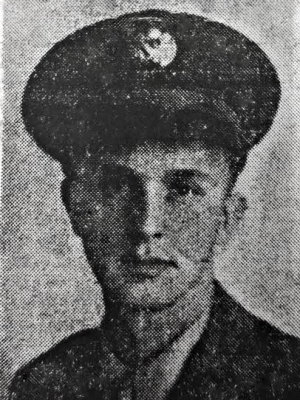
Ugly Duckling Crew Members:
- Pilot 2nd Lt. Benjamin G. Rolfe, 25 years old, USA; recovered by a fisherman from Urk, Albert Koffeman; buried on 18 March 1945 in Urk
- Copilot 2nd Lt. Paul E. Doyle, age unknown, USA; found in the IJsselmeer; buried on 10 June 1945 in Urk
- Navigator 2nd Lt Vernon D. Anderson, age unknown, USA; recovered by fishermen on 29 June 1945; buried on 29 June 1945 in Elburg
- Side gunner/flank gunner S/Sgt Arthur P. Schmidt, 20 years old, USA; recovered on 4 April by a fishing boat, buried on 8 April 1945 in Elburg
- Bulge turret gunner S/Sgt James B. Coulson, 19 years old, USA; found near Nunspeet, see above
- Tail gunner S/Sgt Thomas S. Pozder, 20 years old, USA; washed ashore near Bunschoten, buried on 24 March 1945 at the cemetery ‘De Rusthof’ in Oud-Leusden
- Flight engineer and dorsal turret gunner S/Sgt Joseph M. Price Jr., age unknown, USA; found near Harderwijk and buried on 11 March 1945 in Harderwijk
- Radio operator S/Sgt Frank Iaconis, age unknown, USA; never found
- Bomb aimer and nose turret gunner S/Sgt Richard W. Rimmer, age unknown, USA; washed ashore on 17 June 1945 on the Urk-Kampen dike and buried in Urk
 After the war, the remains of pilots Thomas S. Pozder, Arthur P. Schmidt and Vernon D. Anderson were transferred to Margraten and reburied there. The other pilots were reburied at the American cemetery in Neuville-en-Condoz near Liège in Belgium. Pilot Frank Iaconis was never found, his name is added to the Wall of Missing at the American cemetery in Margraten.
After the war, the remains of pilots Thomas S. Pozder, Arthur P. Schmidt and Vernon D. Anderson were transferred to Margraten and reburied there. The other pilots were reburied at the American cemetery in Neuville-en-Condoz near Liège in Belgium. Pilot Frank Iaconis was never found, his name is added to the Wall of Missing at the American cemetery in Margraten.

